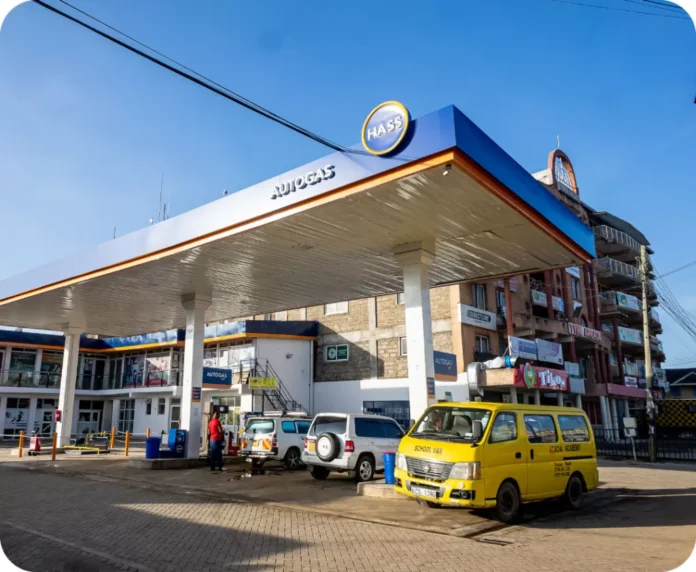The long-standing grip of multinational oil giants on Kenya’s fuel market is loosening, with local players making steady inroads, new data from the Energy and Petroleum Regulatory Authority (EPRA) reveals.
Vivo Energy, TotalEnergies, and Rubis Energy — the so-called “Big Three” — still hold the largest individual market shares, but their collective dominance is waning.
As of December 2024, Vivo Energy led with a 21.34% market share, followed by Rubis at 15.96% and TotalEnergies at 14.53%.
Combined, the three accounted for just over 51.8% of the petroleum product market, a notable drop from previous years.
In contrast, a wave of agile local oil marketing companies (OMCs) is on the rise. Ola Energy, Be Energy, Hass Petroleum, and Galana Energies now collectively account for nearly 14.4% of the market, with others like Stabex, Lake Oil, Petro Oil, and Tosha Petroleum gradually expanding their reach.
This shift comes amid regulatory reforms and government-backed efforts to democratize access to the petroleum import space.
The Open Tender System (OTS) has allowed more local firms to participate in fuel importation under competitive terms, breaking the oligopolistic advantages historically enjoyed by multinationals.
Local firms are also capitalizing on strategic regional expansion, leaner operations, and increasingly tech-driven supply chain models to undercut larger rivals and win consumer trust. Their ability to serve remote and underserved areas is giving them an edge in market penetration.
“The emergence of competitive local oil marketers is reshaping the market,” said an industry analyst. “They’re nimble, responsive to local needs, and increasingly compliant — all factors pushing the sector toward a more balanced and inclusive future.”
With 144 registered OMCs as of 2024, analysts predict the local share will continue to grow, potentially redefining Kenya’s fuel distribution ecosystem in the coming years.
Written By Ian Maleve



















